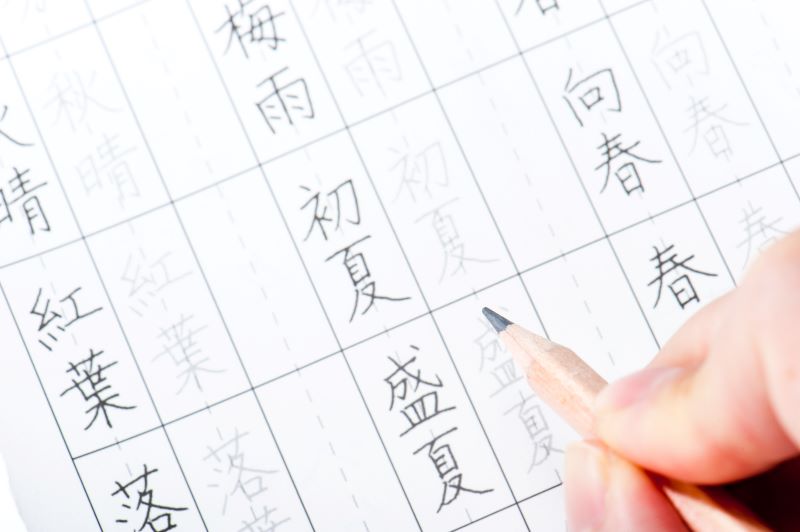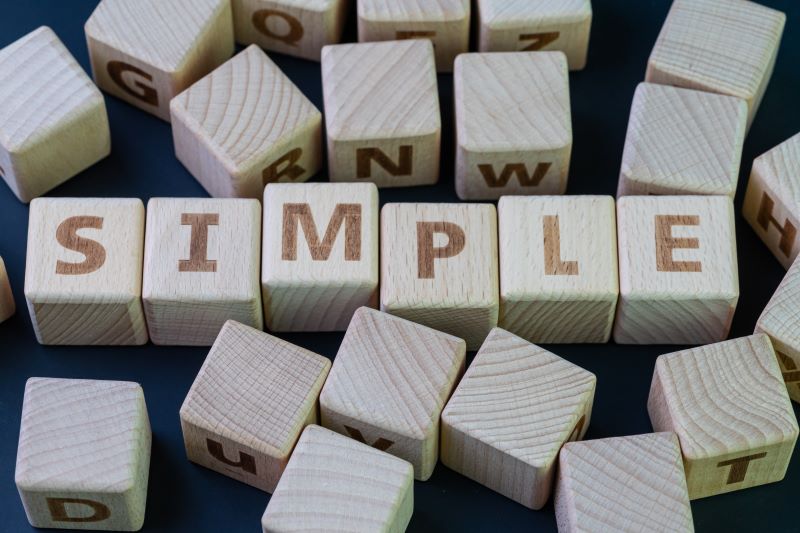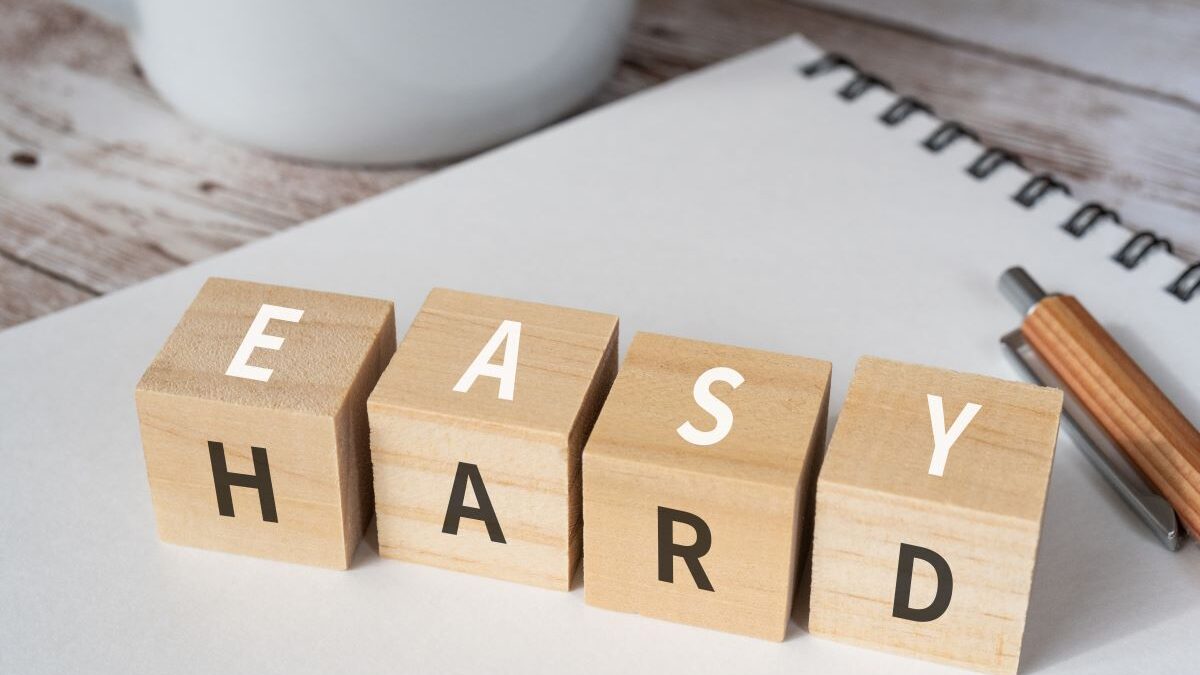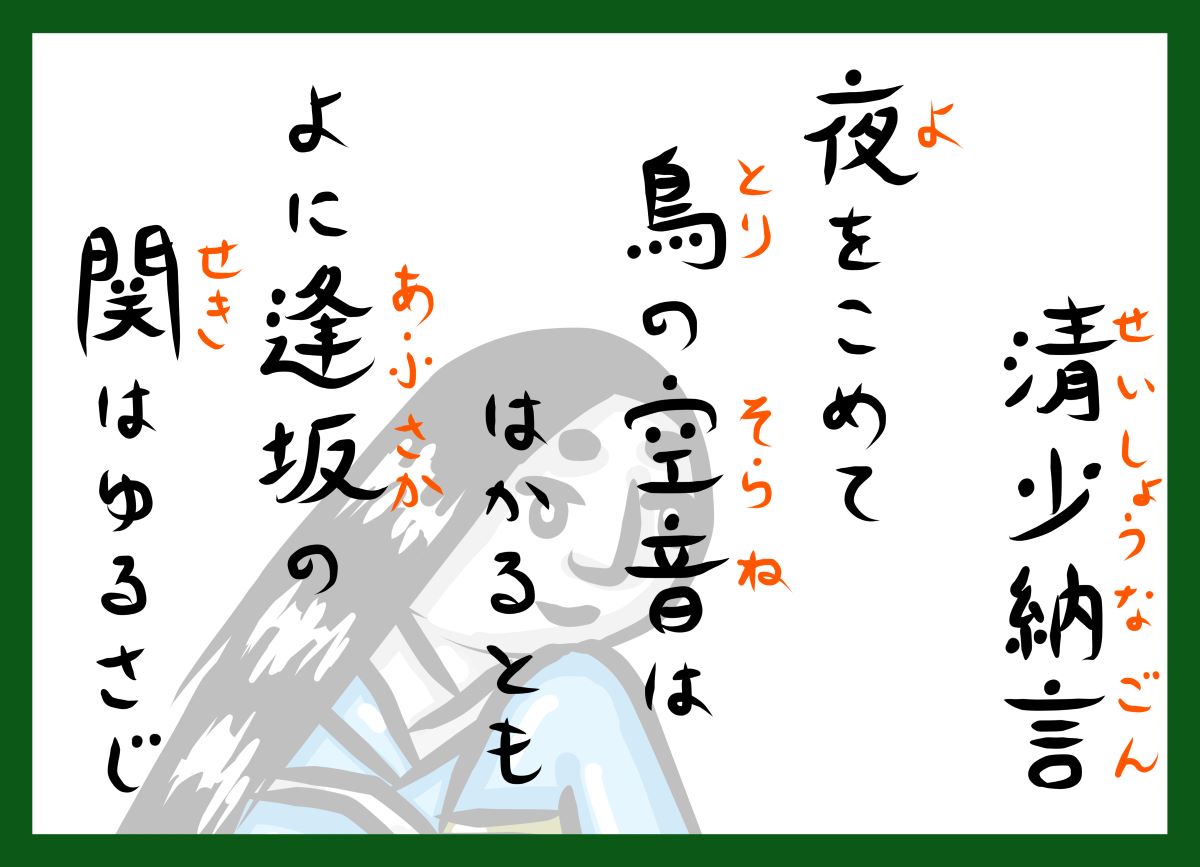It is often said that Japanese is a very difficult language for foreigners, but is it true?
In 2017, the Foreign Service Institute (FSI) from the U.S. Department of State published a list of language learning difficulties for native English speakers. Japanese was classified as the most difficult Category 4 (“Super-hard languages”). Arabic, Chinese, and Korean are also in the same category.
The FSI rankings are for native English speakers, but Japanese is usually ranked in the top five in rankings outside the U.S.
Whether it is the most difficult language in the world or not, apparently it is true that Japanese is a difficult language.
What was the most difficult part of learning Japanese
We asked our native foreign language employees (all of whom passed JLPT’s N1) what was the most difficult part of studying Japanese.
Employee A. Kanji! 😆 I had a Kanji test every week and it was very difficult.
Employee B. Kanji characters, of course. Both the shape and the way to read.
Employee C. How to read Kanji characters.
Employee D. How to read Kanji characters and long vowels like /u:/. It is also difficult to distinguish between the Onyomi and Kunyomi readings, “chou” or “cho”, and “zo” and “jyo”.
Employee E. Particles, five-step verb conjugation, giving and receiving expressions, and honorifics (Keigo).
Employee F. This is the very first syllabic chart. At first all the kana looked the same.
Employees E and F are native Chinese speakers, but Japanese kanji seems to be the most difficult for non-native Chinese speakers.
Reasons that Japanese is so difficult to learn

As mentioned above, what people find difficult varies from person to person, but in general, here are some points that make Japanese difficult for many learners of Japanese.
There are three types of characters (Hiragana, Katakana, and Kanji)
The Japanese language has three types of characters: Hiragana, Katakana, and Kanji. In addition, we also use the alphabet, so we use four types of characters on a daily basis. This is quite rare in the world.
The English alphabet has only 26 characters, but Hiragana has 46, Katakana has 46, and Kanji has over 100,000! If you memorized one Kanji character every day, it would take more than 270 years to memorize all of them!! But don’t worry, only about 2,000 Kanji are needed to be memorized for daily use (called Joyo Kanji).
Anyway, the need to memorize so many characters and use them differently is one of the reasons why Japanese is said to be difficult.
There are multiple ways to read Kanji
Kanji are difficult to memorize because there are so many different types, but in fact, there is more than one way to read them. There are two different ways of reading kanji, called “Onyomi” and “Kunyomi”. Kanji characters were introduced from China, and Onyomi is the reading that is similar to the Chinese reading, while Kunyomi is the reading that is translated into the Japanese reading.
For example, there are three ways to read the word “山 (mountain)”, including both the Onyomi and Kunyomi readings.
Onyomi: San/Sen
Kunyomi; Yama
The word “山” as a general noun is read as “Yama” while “富士山 (Mount Fuji),” the highest mountain in Japan, is read as “Fuji-san.”
There are many Kanji that have more reading ways (“生 (live)” has more than 10 readings such as Sei, Shou, Nama, I(kiru), U(mareru), and Ha(eru)! ), and there are many exceptions, such as only having Onyomi or Kunyomi, so it is very difficult to memorize.
Even Japanese people spend nine years learning all Joyo Kanji. We learn easier 1,000 Kanji from the first to sixth grade and the remaining 1,000 Kanji during the three years of junior high school. It is not easy for foreign language speakers to learn so many Kanji.
There are more vocabularies that need to be memorized
Again, on the subject of numbers, Japanese is said to have a larger vocabulary requirement than other languages. For example, the number of vocabularies required to understand 90% of daily conversation is about 10,000 words in Japanese, compared to about 3,000 words in English.
The Oxford English Dictionary, the world’s largest English dictionary, and Nihon Kokugo Daijiten, Japan’s largest Japanese dictionary, both contain about 600,000 words, which is not much different, so the Japanese vocabulary is not particularly rich.
One of the reasons for the large vocabulary requirement is that Japanese has many terms with the same meaning, which are used interchangeably in daily life. For example, there are at least 10 Japanese words for “You” in English, such as “あなた (Anata),” “君 (Kimi),” “お前 (Omae),” “そちら様 (Sochira-sama),” “あなた様 (Anata-sama),” and “お宅 (Otaku),” and we use them according to the context and relationship with the other person.
In addition, there are three types of words in Japanese that have the same meaning: 和語 (Wago), 漢語 (Kango), and 外来語 (Gairaigo). Wago is a word originally used in Japan, Kango is a word from China, and Gairaigo is a word from foreign countries other than China. For example, Wago for English word “Rule” is “決まり (Kimari),” Kango is “規則 (Kisoku),” and Gairaigo is “ルール (Ruru),” all of which are used in daily life according to situations. Furthermore, onomatopoeia is much more abundant than in other languages. For example, there are many onomatopoeia for “Soft” such as “ふんわり (Funwari),” “ふわふわ (Fuwafuwa),” “もふもふ (Mofumofu),” each with subtle differences in nuance.
While this variety of vocabularies allows for rich expression, it also causes the vocabularies required to understand the content to increase rapidly.
There are many ambiguous expressions
This is not a problem with the Japanese language as with the national character of the Japanese people. There are many expressions in which it is difficult to tell whether they mean yes or no.
Japanese people use ambiguous expressions for various reasons, such as not wanting to make the other person feel uncomfortable by refusing directly, not wanting to cause trouble for the other person if what they say is wrong, or wanting to wait and see what the other person thinks because they are not sure.
A typical example of ambiguous expressions is “そうですね (Soudesune)”. For example, if someone says, “今度食事に行きましょう (Let’s go out to dinner sometime)” and another says “そうですね.” It can mean not only “yes sure” but also “no thank you.” It can also be used when they want to postpone their answer depending on the future relationship between them and the person they are talking to.
Ambiguous expressions are Japanese wisdom to avoid unnecessary disputes and to make conversation proceed smoothly, but until you get used to them, you may have trouble figuring out what the they are thinking.
Easy part of learning Japanese

After reading this far, some of you may think that Japanese is too difficult for you. But don’t worry. There are actually some parts of Japanese that are surprisingly easy.
Pronunciation is easy
Japanese is easy to pronounce. There are only five vowels, “a,” “i” “u” “e” and “o” (English has 15), and the variety of pronunciation is much smaller than in other languages.
English: 600
Chinese: 2,000
Japanese: 70
It may be difficult to memorize the readings of Kanji, but once you know how to read them, the pronunciation is the same.
Grammar is simple
Japanese grammar is relatively simple compared to other languages such as English.
There are basically only two tenses in the Japanese language, past and present, and no future tense. There is also no detailed delimitation such as present perfect or past perfect.
Past: 私は昨日東京に行きました。(Watashi wa kino tokyo ni ikimashita)
Present: 私は毎日東京に行きます。(Watashi wa mainichi tokyo ni ikimasu)
Future: :私は明日東京に行きます。(Watashi wa ashita tokyo ni ikimasu)
Since there are only two paterns, past or not past, it will be easy to remember.
Also, the use of nouns is very simple. There is no gender, no distinction between countable and uncountable. Furthermore, there are no rules for articles.
Although there are some difficulties, such as the opposite sentence structure from English (S+V+O in English, but S+O+V in Japanese), the omission of the subject, and the complicated use of particles, the study of Japanese grammar is expected to proceed smoothly.
In conclusion
We have explained the difficulty and ease of Japanese so far, but as I mentioned at the beginning, what is difficult about Japanese depends greatly on your native language. For native Chinese speakers, Kanji is not that difficult, and for native English speakers, it may seem difficult because the grammar is completely different.
Although the Japanese is ranked among the most difficult language in the world, approximately one million people take JLPT every year, and more than 50,000 people pass the highest rank, N1, every year. If you study diligently every day, you will be able to master Japanese, so do your best and keep studying.



